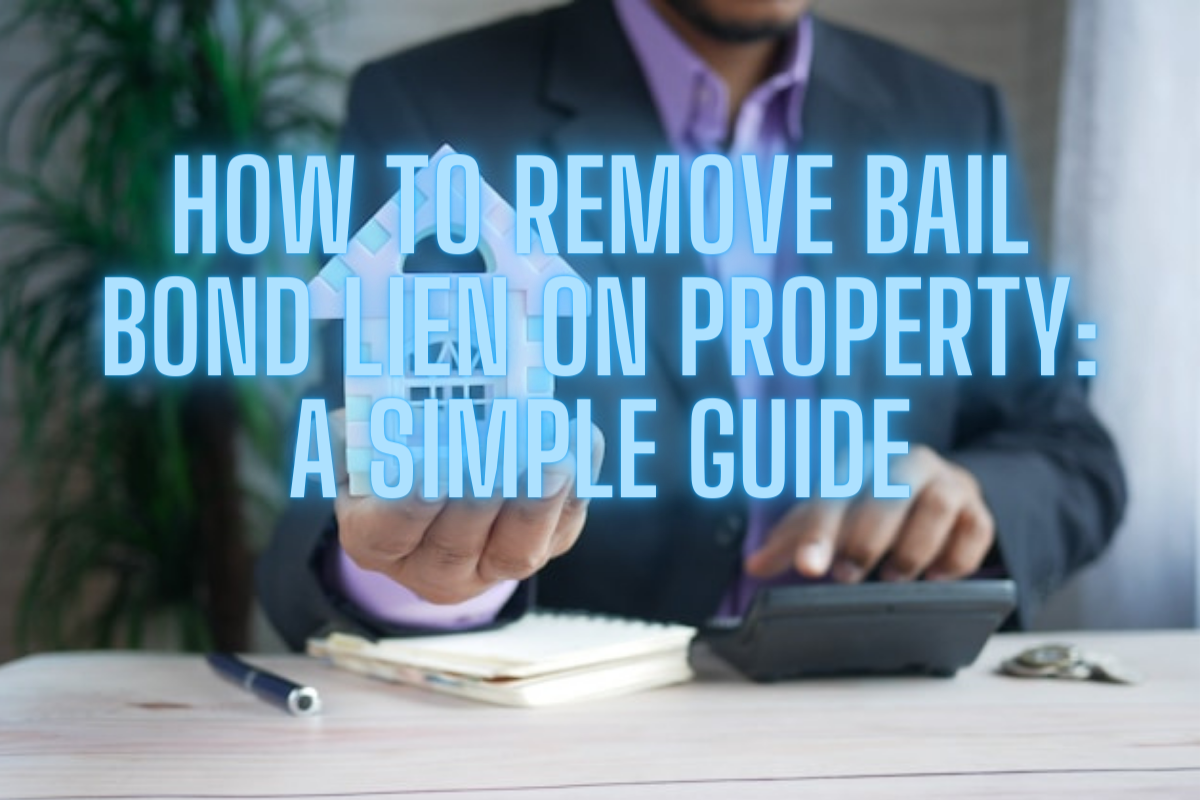BY |
Sometimes, bail agents require property as collateral to cover the risk of forfeiture (if you don’t show in court). When this happens, they apply a lien to your home – a claim on it should you renege on your obligations.
Understandably, the bail agent would use this legal process during the trial and court hearings. But what if the lien is still on your home? What then?
That’s the topic of this article. We explore how to remove a bail bond lien on property for peace of mind.
Understanding Bail Bond Lien on Property
But first: what is a bail bond lien?
A lien is a legal claim against your property as collateral or a debt obligation if you don’t abide by some rules. For our purposes, it refers to breaking bail conditions and returning to jail.
As such, the lien is a legal device to protect the bail agent from losses if you leave the state or miss hearings. Even if you forfeit the bail, they can sell your home to cover their costs.
If you have a lien on your property, there are several consequences. The first and most obvious is the impact on your credit score. A lien means bail agents could seize and sell your home, leaving you without assets, and increasing your financial risk.
Second, liens put you at risk of having to pay the bail if you skip court or break bail conditions. Doing so could have severe consequences for your life.
And, lastly, you won’t have as much control over credit access. Banks and other lenders may be less willing to lend to you if you don’t have assets behind you.

Removing Bail Bond Lien on Property
With that out of the way, let’s look at how to remove a lien on your property.
1. Check The Lien Is Valid
The first step is to go to an attorney, provide them with the relevant paperwork, and get them to check if the lien is valid. Professionals can review your circumstances and let you know if it is real.
If the lien doesn’t adhere to the law, you can remove it.
2. Talk To The Bail Agent
Once you have this information, try reaching out to the bail agent. Most reputable bondsmen will remove the lien provided you fulfill your bail conditions and the trial finishes.
If a lien remains on your property, ask why. Sometimes, bail agents fail to remove it, or there might be obstacles to getting the money back and they want to keep the lien as an insurance policy.
3. File A Petition To Invalidate The Lien
Filing a petition to invalidate the lien is another option. These require you to go through court to show the lien isn’t valid and the bond agent should remove it from your home.
Putting petitions together is a legally complex matter. Therefore, you should always use an attorney if you get to this stage. Documentation should include evidence, lien-related paperwork, and other information that might affect your case, including completing your trial and releasing the bail money.
4. Go To Court
Once you assemble and send the relevant information with the petition, the court will arrange a hearing. Judges will then listen to your case before presiding.
Again, if you go to court, make sure you bring an attorney with you. Professionals understand how to remove an invalid lien from your property and reduce the risk of a bail agent making a claim.
5. Get The Court Order
If your hearing is successful, the court will issue an order nullifying the lien against your property. This paperwork prevents anyone (other than you) from selling your property to get money.
When you receive this documentation, provide it to the county record office. Officers will adjust their status.
6. Confirm The Lien Removal
Even after you send the relevant orders to the county record office, it is worth double-checking if they applied them. Sometimes, they omit this or make administrative mistakes.
7. Tell Credit Bureaus Of The Lien Removal
The final step is to tell credit bureaus about the lien removal. Letting them know there is no longer a claim against your property can improve your credit score.
Avoiding House Lien From Bail Bondsmen
House liens from bail bondsmen can occur, but there are ways to avoid them. These include:
- Asking a co-signer to provide collateral (instead of you)
- Using other forms of collateral, like your car or jewelry
- Using other financial assets as collateral
Removing Lien on Vehicle from Defunct Bail Bond
How do you remove a lien on a vehicle from a bail bond agency gone out of business? A similar process applies to property. Here’s what you need to do:
- Grab your vehicle registration documents
- Check the lien holder and whether any paperwork relates to the agent
- Verify whether the bail agent is defunct on the California Department of Insurance (CDI) website
- Contact the bail agents if possible to ask them to release the lien
- If that fails, talk to an attorney specializing in lien removal
- Get the DMV to release the lien if the defunct bail bond company no longer exists
- Check with the DMV that the lien on your vehicle is gone
Getting Personal Property from Bail Bond
Can a bail bondsman put a lien on my house when I didn't put it as collateral? The answer is no, they can’t. That’s because the collateral agreement already specified the terms of the bail bond. You have to consent to putting up your home as collateral.
If you would like to learn more about your bail bond options, get in touch with Future Bail Bonds. Our team is available 24/7 to take your calls, whether you’re in jail right now or worried about a loved one. We can talk to you about liens on your home or other items for peace of mind.

